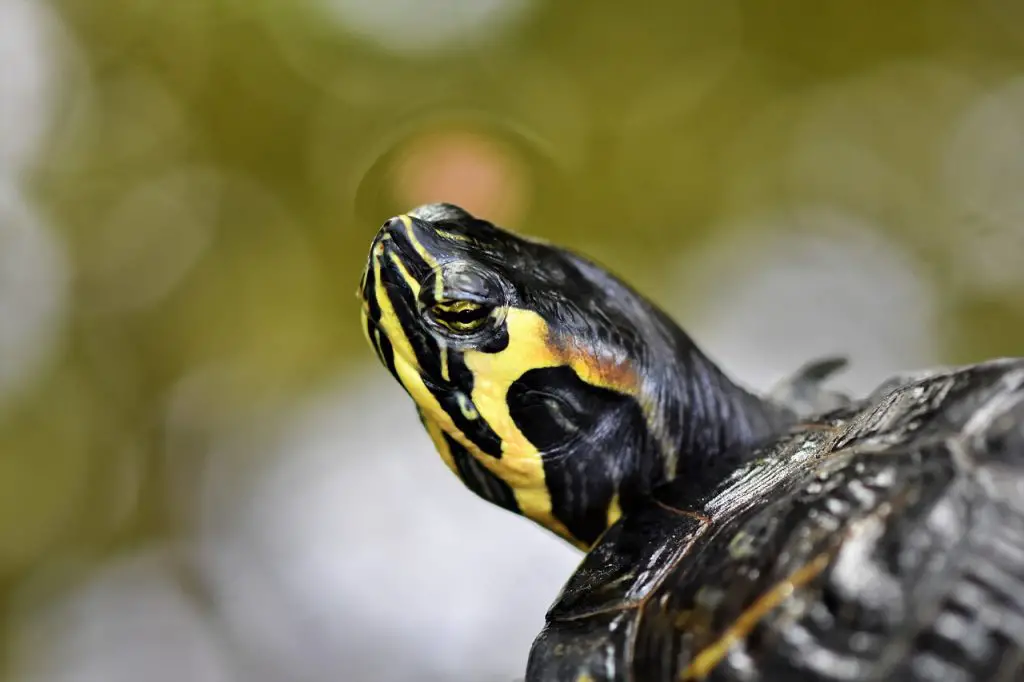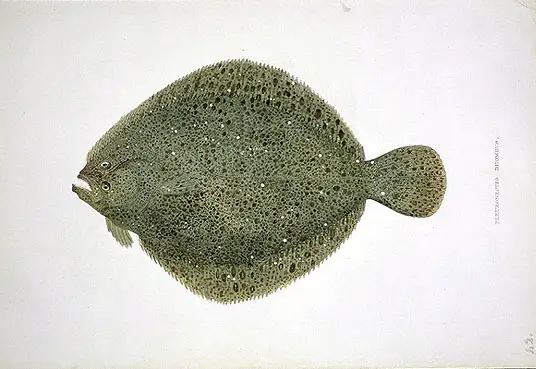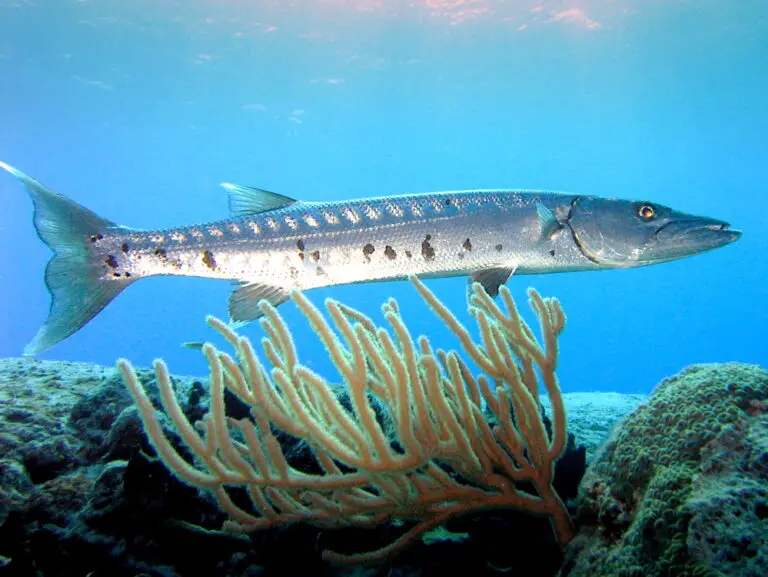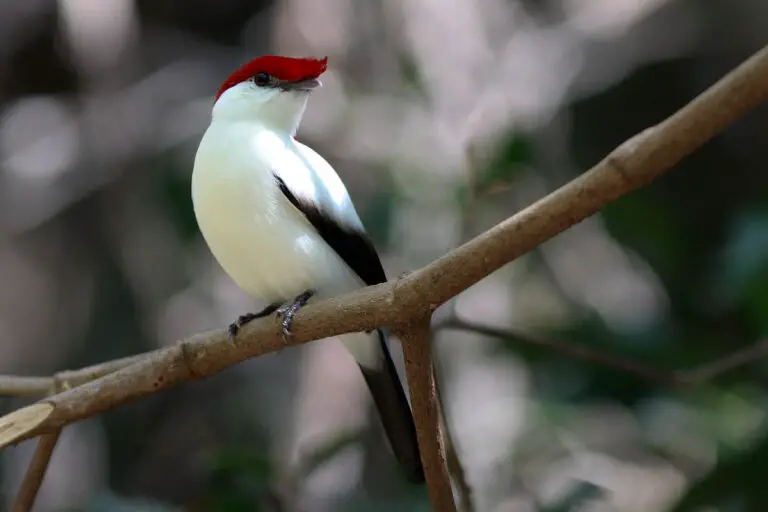What Vegetables Can Snapping Turtle Eat?
Have you ever considered the fascinating idea of keeping a snapping turtle as a pet? These remarkable creatures offer a unique companionship, but caring for them requires a keen understanding, especially when it comes to their dietary needs. While snapping turtles begin their lives as carnivores, incorporating vegetables into their meals is crucial for their overall well-being. But which veggies make the cut for these intriguing reptiles?
Snapping turtles aren’t too fussy when it comes to their vegetable intake; they’ll gladly nibble on whatever greens you offer. However, not all veggies are created equal when it comes to their nutritional value for these creatures. It’s important to steer clear of veggies with little to offer in terms of nutrients or those packed with phosphorus, which can be harmful to their health.
Are you eager to discover which veggies and plants you can serve up to your snapping turtle? Stay tuned as we delve into a carefully curated list of options that will keep your shelled companion thriving. And remember, it’s not just about what they eat, but also ensuring they receive the right amount to maintain their vitality and happiness.

What Vegetables Can You Feed To Snapping Turtles?
Snapping turtles, with their impressive size, require ample amounts of calcium to support their growth and maintain robust bone health. Fortunately, vegetables serve as a fantastic source of this vital nutrient, along with providing essential vitamins and minerals crucial for their well-being. For an adult snapping turtle, aiming for a daily diet comprising 25 to 30 percent vegetables and plant matter is ideal.
If you’re considering adding veggies to your snapping turtle’s menu, it’s crucial to choose ones that are calcium-rich and low in phosphorus. While phosphorus might be beneficial for human health, it can spell trouble for turtles, hindering calcium absorption and potentially weakening their shells and bones.
So, which veggies should grace the dinner plate of your pet snapping turtle? Here’s a curated list of safe and highly beneficial options:
- Collards
- Mustard greens
- Turnip Greens
- Beet Greens
- Romaine lettuce
- Red leaf salads
- Peppers
- Kale
- Cauliflower
- Chinese cabbage
- Parsley
- Celery
- Carrots
- Spinach
- Brussel sprouts
- Dill Weed
- Dandelion Greens
- Chicory Greens
- Water Hyacinths
- Water weeds
- Algae
- Yellow pond lily
- Duckweed
- Water fern
- Bog moss
- Java moss

While many other vegetables and plant materials can be added to a snapping turtle’s diet, it’s essential to ensure they are high in calcium and low in phosphorus. Some vegetables mentioned in the list may have lower calcium content but offer rich reserves of vitamins and minerals. Take carrots, for instance; while they might not boast abundant calcium, their vitamin A content is invaluable for snapping turtles, aiding in their defense against infectious diseases.
Remember, a well-balanced diet is key to keeping your snapping turtle healthy and thriving. So, go ahead and treat your shelled companion to a diverse array of nutritious veggies!
What Vegetables Are Not Good For Snapping Turtles?
While vegetables undoubtedly play a crucial role in the diet of snapping turtles, not all veggies are created equal when it comes to nutritional value. Some might merely fill your turtle’s stomach without contributing significantly to its health. Here’s a list of vegetables that offer little to no nutrient value for snapping turtles:
- Eggplants
- Cucumber
- Iceberg lettuce
- Pumpkin
- Squash
- Tomatoes
- Sweet potato leaves
It’s essential to be mindful of vegetables that are low in calcium and high in phosphorus, as they can be harmful to snapping turtles. While phosphorus does lend a degree of flexibility to a turtle’s shell, preventing easy cracking during impacts or predator encounters, an excess of phosphorus can render turtle shells overly soft and fragile.
So, when crafting your snapping turtle’s menu, steer clear of these veggies to ensure their diet is not just filling but truly nourishing for their overall health and well-being.
Do Baby Snapping Turtles Eat Vegetables?
Snapping turtles boast a versatile palate as omnivores, requiring a balanced diet of both animal and plant matter to maintain their well-being. Interestingly, in their early stages, baby snapping turtles lean more towards a carnivorous diet in the wild. They eagerly feast on earthworms, insects, small fish, and tadpoles to fuel their growth and development. As they mature, they gradually incorporate plant matter into their meals, including algae, ferns, and lilies, to round out their nutritional needs.
In a captive environment, it’s beneficial to introduce vegetables and plant matter to baby snapping turtles from the get-go. While they may initially show little interest in these offerings, with patience and persistence, they’ll eventually come around to incorporating these vital components into their diet. This early introduction sets the stage for a well-rounded nutritional intake, ensuring their health and vitality as they grow.
How To Feed Vegetables To Snapping Turtles?
Now that we understand the vital role vegetables play in the diet of snapping turtles, let’s ensure they get their greens on a regular basis. As mentioned earlier, aiming for 30% of their diet to consist of veggies is ideal for these shelled companions.
For adult snapping turtles, a feeding schedule of 3 to 4 days a week is ample to keep them satisfied and healthy. This means that at least three days a week, they should indulge in a vegetable feast. You can offer them a generous portion of five pieces of green leaves, such as collards, lettuce, mustard greens, or any other leafy veggies they fancy. Alternatively, a mixed vegetable medley can provide them with a variety of nutrients to support their well-being.
Now, let’s not forget about our little hatchlings! Baby snapping turtles may initially turn up their noses at vegetables, but it’s essential to persevere. Offer them a small portion of veggies each day, making sure to cut them into tiny, manageable pieces for easy consumption. With consistent offering, they’ll eventually come to appreciate the nutritional benefits of their veggie fare.
When serving vegetables to snapping turtles, it’s preferable to do so in the water. Not only does this mimic their natural feeding environment, but it also makes it easier for them to munch on their greens. Yes, they may create a bit of a mess in the tank, but fear not! Simply clean up any leftovers after mealtime to keep their habitat tidy and hygienic. Alternatively, you can set up a separate feeding tank to minimize mess and maintain cleanliness.
By incorporating vegetables into their diet and ensuring they’re served in a way that suits their preferences, we can keep our snapping turtle companions healthy, happy, and well-fed.
Why Is Your Snapping Turtle Not Eating Vegetables?
Is your snapping turtle turning its nose up at the veggies you’re serving? Don’t fret; there could be various reasons behind their veggie aversion.
First off, take a step back and observe whether your turtle is shunning all food or just the vegetables. If it’s avoiding everything, it might be a sign of underlying illness. Keep an eye out for any other symptoms and consider consulting a vet to get to the root of the issue.
Now, if it’s only the veggies being left untouched, consider your turtle’s age. Baby snapping turtles are typically carnivores by nature and may need some time to warm up to veggies. To encourage them to embrace their leafy greens, try starting their meals with vegetables before moving on to other protein-based foods or pellets.
It’s also worth examining their diet overall. Feeding them too much animal matter or pellets might dampen their interest in veggies. Turtles that haven’t been exposed to a variety of veggies and plant matter may simply not know what they’re missing out on.
But fear not! Making your snapping turtle a veggie enthusiast isn’t as daunting as it seems. Aim to include veggies in 30% of their meal plan and gradually increase their veggie intake. Mix it up by offering different types of vegetables to keep things interesting.
Additionally, bright and colorful veggies can catch your turtle’s eye, as turtles are naturally drawn to vibrant hues. Once they find a veggie they fancy, they might just become more adventurous in exploring other options.
With a bit of patience, persistence, and a diverse menu, you can surely pique your snapping turtle’s interest in veggies and ensure they’re getting the balanced diet they need to thrive.

Conclusion
Absolutely, providing the right kind of vegetables is crucial for the well-being of pet snapping turtles. But it doesn’t stop there; ensuring a balanced diet also involves offering the appropriate animal matter and supplements.
For starters, when it comes to animal matter, consider incorporating protein sources such as earthworms, insects, small fish, and tadpoles into your snapping turtle’s diet. These protein-rich foods are essential for their growth, energy, and overall health.
In addition to animal matter, it’s essential to consider supplements to fill in any nutritional gaps in their diet. Calcium supplements, for instance, are vital for maintaining strong bones and shell health in snapping turtles. Vitamin supplements, particularly vitamin D3, are also crucial for ensuring proper absorption of calcium and supporting various metabolic processes.
By providing a well-rounded diet that includes the right mix of vegetables, animal matter, and supplements, you can ensure that your pet snapping turtle receives the essential nutrients it needs to thrive and lead a healthy, fulfilling life.





